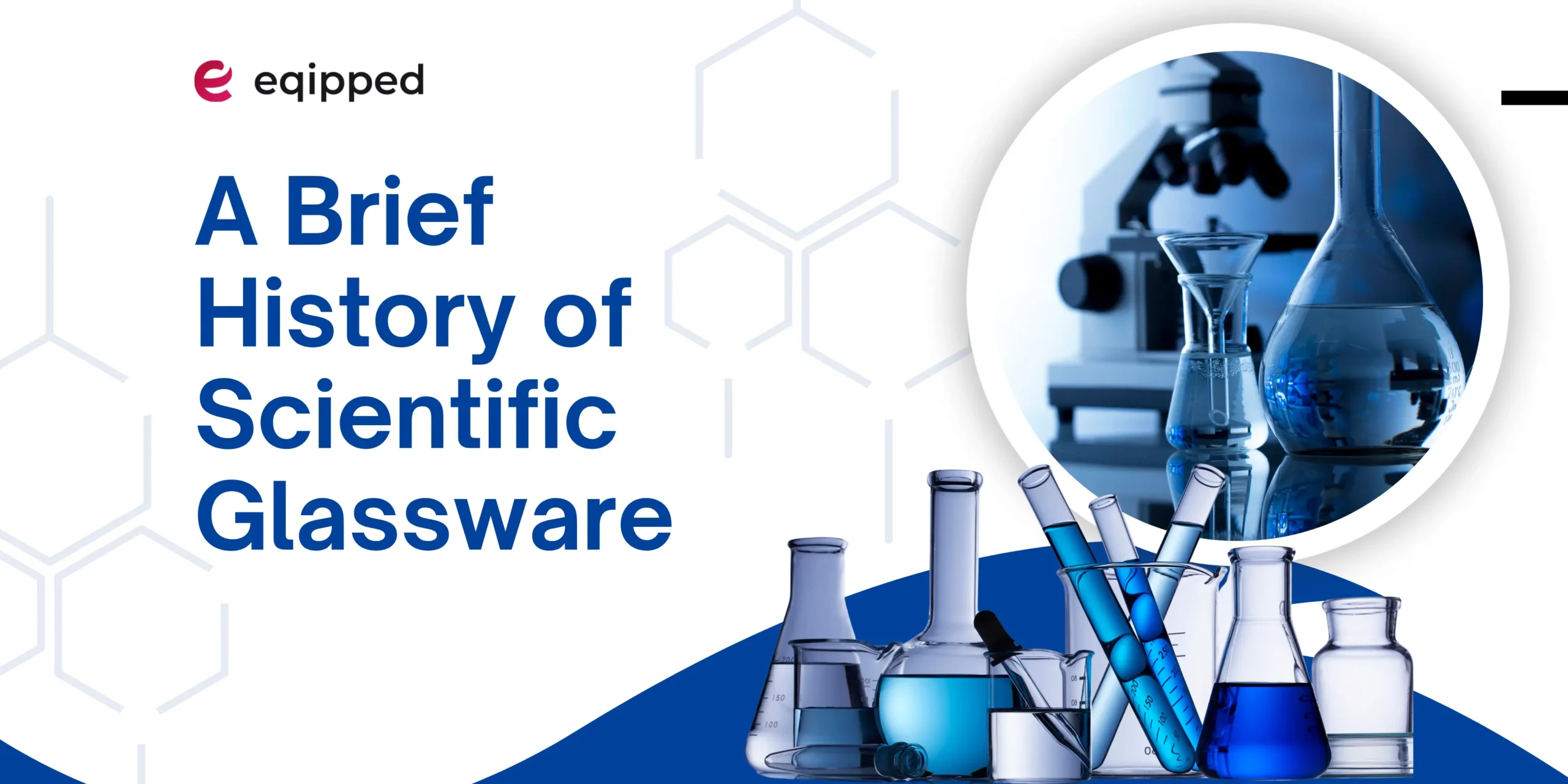Introduction to Scientific Glassware
Glassware is one of those silent heroes of science—often overlooked, yet utterly indispensable. Whether you’re titrating acids in high school chemistry or isolating DNA in a high-tech lab, chances are you’re surrounded by gleaming pieces of glass with strange shapes and stranger names. But where did all this elegant, indispensable gear come from?
Why Glassware Is Essential in Science
Glass has a unique set of properties—it’s chemically inert, heat-resistant, transparent, and can be molded into virtually any shape. These qualities make it ideal for observing reactions, measuring substances, and handling corrosive or reactive materials.
The Unique Properties of Scientific Glass
Not all glass is created equal. The glass used in labs, especially borosilicate glass, can withstand rapid temperature changes and strong chemicals. This durability is a far cry from your average windowpane and was born out of centuries of innovation.
The Origins of Glassmaking
Let’s rewind the clock—way back to 3500 BCE—to Mesopotamia and Egypt. These ancient civilizations were the first to dabble in glassmaking, though their creations were mostly decorative beads and vessels. The magic of turning sand into a transparent, functional material was just beginning.
Early Glass Artisans of Mesopotamia and Egypt
The earliest glass wasn’t blown—it was cast in molds or wrapped around sand cores. It was precious, rare, and mostly ornamental. But even then, its potential was obvious.
Roman Contributions to Glassblowing
Around the 1st century BCE, Roman glassblowers revolutionized the craft with the invention of glassblowing, enabling faster, more uniform production. This innovation set the stage for glass to eventually be used in scientific pursuits.
The Dawn of Alchemy and Early Laboratories
As science began to emerge from superstition, early alchemists were among the first to adopt glass for more than vanity. Their quest to transform metals and discover the philosopher’s stone led to some of the earliest laboratory setups.
Glassware in Medieval Alchemical Practices
Alembics, retorts, and cucurbits—these strangely named glass tools were staples of alchemical labs. Though their theories were off, alchemists laid the groundwork for chemical experimentation.
Influence of Islamic Scholars on Laboratory Tools
During the Islamic Golden Age, scholars like Jabir ibn Hayyan refined both glassware and the scientific method. They emphasized repeatable experiments and better equipment, pushing laboratory science forward.
Renaissance and Scientific Revolution
The Renaissance sparked curiosity in everything, and glass played a major role in exploration—especially of the skies and the microscopic world.
Galileo and the Use of Glass in Telescopes
Galileo’s telescope wasn’t just a marvel of optics—it was a triumph of glass. He used it to prove the heliocentric model and observe moons, challenging centuries of dogma.
The Microscope and Advancements in Biology
Glass lenses also gave birth to the microscope, letting scientists like Antonie van Leeuwenhoek peer into the invisible world of microbes. Suddenly, glass wasn’t just a container—it was a gateway to the unknown.
18th and 19th Century Developments
This era saw chemistry come into its own as a discipline—and with it, the need for better, standardized tools.
The Birth of Modern Chemistry Labs
Enter Antoine Lavoisier, the father of modern chemistry, who used glass apparatus to carefully weigh and measure elements. Precision was everything.
Standardization of Glassware by Pioneers like Justus von Liebig
Liebig introduced the condenser and emphasized clean, efficient glass designs for repeatable experiments. This helped labs across Europe and beyond align their practices.
Borosilicate Breakthrough
Now we’re cooking—literally. Borosilicate glass changed the game entirely.
Otto Schott and the Invention of Heat-Resistant Glass
In the late 1800s, German chemist Otto Schott developed borosilicate glass—a type that could handle extreme temperature changes without cracking. Labs could now boil, cool, and reheat without a second thought.
Pyrex and Its Impact on Scientific Research
When Corning introduced Pyrex in 1915, it wasn’t just for baking. Scientists immediately adopted it, revolutionizing lab safety and functionality. Pyrex became a household and laboratory name.
Evolution of Laboratory Glass Designs
Form follows function, and nowhere is that more obvious than in lab glassware.
Introduction of Beakers, Flasks, and Condensers
From Erlenmeyer flasks to graduated cylinders, each shape is tailored to a specific task—measuring, mixing, heating, or distilling.
Why Each Shape Has a Scientific Purpose
A beaker’s wide mouth makes pouring easy. A round-bottom flask heats evenly. A condenser allows vapors to cool and condense. It’s like a toolkit where each tool is beautifully optimized.
Glassware in Modern Laboratories
Fast forward to today, and glass still holds its own—even against high-tech alternatives.
Glass vs. Plastic – Which Reigns Supreme?
Plastic is cheap and disposable, but glass is king when it comes to purity, reusability, and heat resistance. Many labs use a mix of both depending on the experiment.
Advancements in Coated and Specialty Glass
Modern glass can be coated with anti-stick materials, metal layers, or even sensors for measuring temperature and pressure in real time.
Scientific Glassblowing as a Craft
Behind every perfect distillation setup is a skilled scientific glassblower.
Role of Skilled Artisans in Custom Glass Design
These artisans make everything from custom reaction vessels to intricate vacuum lines. It’s half science, half art.
Training Programs and Career Paths
There are formal training programs—often under the radar—that train new generations in this highly specialized skill.
Challenges in Scientific Glassware
As tough as lab glass is, it’s not invincible.
Breakage, Contamination, and Storage Issues
Glass breaks. It scratches. It reacts to harsh cleaning agents. And if not stored properly, it can lose its clarity or calibration.
Maintenance and Cleaning Best Practices
Always rinse after use. Use specialized cleaning solutions. And never, ever store acidic solutions for long periods.
Future Trends in Scientific Glassware
The future is looking bright—and digital.
Smart Glass and Digital Integration
Imagine flasks with built-in sensors or test tubes that log data to your lab software. That’s not science fiction anymore.
Sustainability and Eco-Friendly Designs
With labs focusing on green chemistry, reusable, recyclable glassware is more important than ever.
Conclusion
From ancient ornaments to essential lab tools, the history of scientific glassware is a story of ingenuity, precision, and resilience. It’s been blown, bent, fused, and refined over millennia to become the unsung hero of every scientific breakthrough. So next time you see a humble beaker, give it a nod—it’s come a long way to be here.
FAQs
Q1: What is borosilicate glass and why is it used in labs?
Borosilicate glass contains silica and boron trioxide, making it more resistant to heat and chemical corrosion—perfect for lab conditions.
Q2: How is scientific glassware made?
It’s either machine-blown for standard items or hand-blown by skilled artisans for complex, custom pieces.
Q3: Can plastic completely replace glass in labs?
Not entirely. Plastic is useful for disposable applications, but it lacks the chemical resistance and heat tolerance of glass.
Q4: Who invented the first piece of scientific glassware?
While it’s hard to credit one person, ancient alchemists and Islamic scholars were the earliest known users of scientific glassware.
Q5: Is scientific glassware recyclable?
Yes, but it must be sorted and processed separately due to its unique chemical composition.
You may also like: Chemicals, Plasticware, Glassware, Slides, Instruments, Consumables, Equipment, Model, Charts



